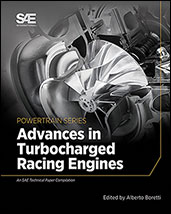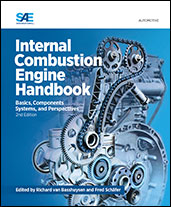Book

Energy Efficiency of Vehicles
2020-12-18
Energy Efficiency of Vehicles educates readers about energy and the environment and the relationship between the energy we use and the environment. The world is at a point in time when people need to make very important decisions about energy in the next few decades. This book enables readers to utilize our scientific knowledge to make good rational decisions. Energy Efficiency of Vehicles provides information on: Calculations related to energy, power, and efficiency, and the impact of using different types of energy on the environment. Environmental consequences of consuming energy. Models related to impact of city driving on the energy efficiency and fuel economy of cars and trucks.



















